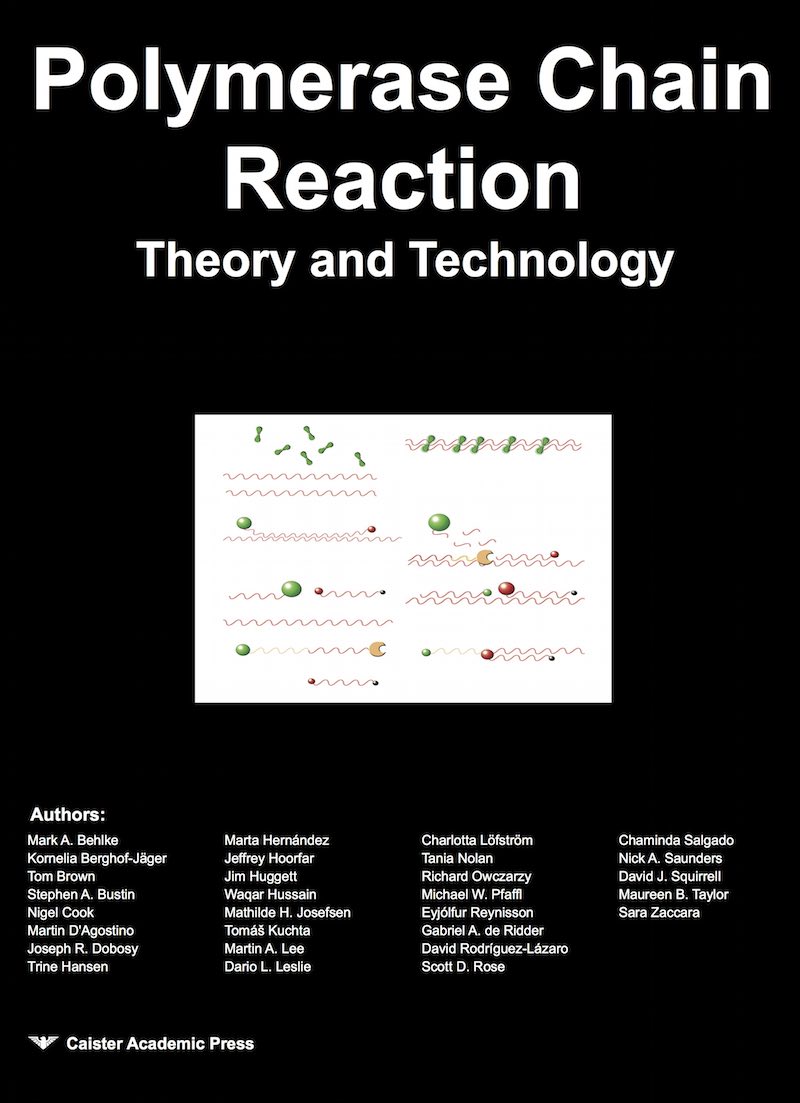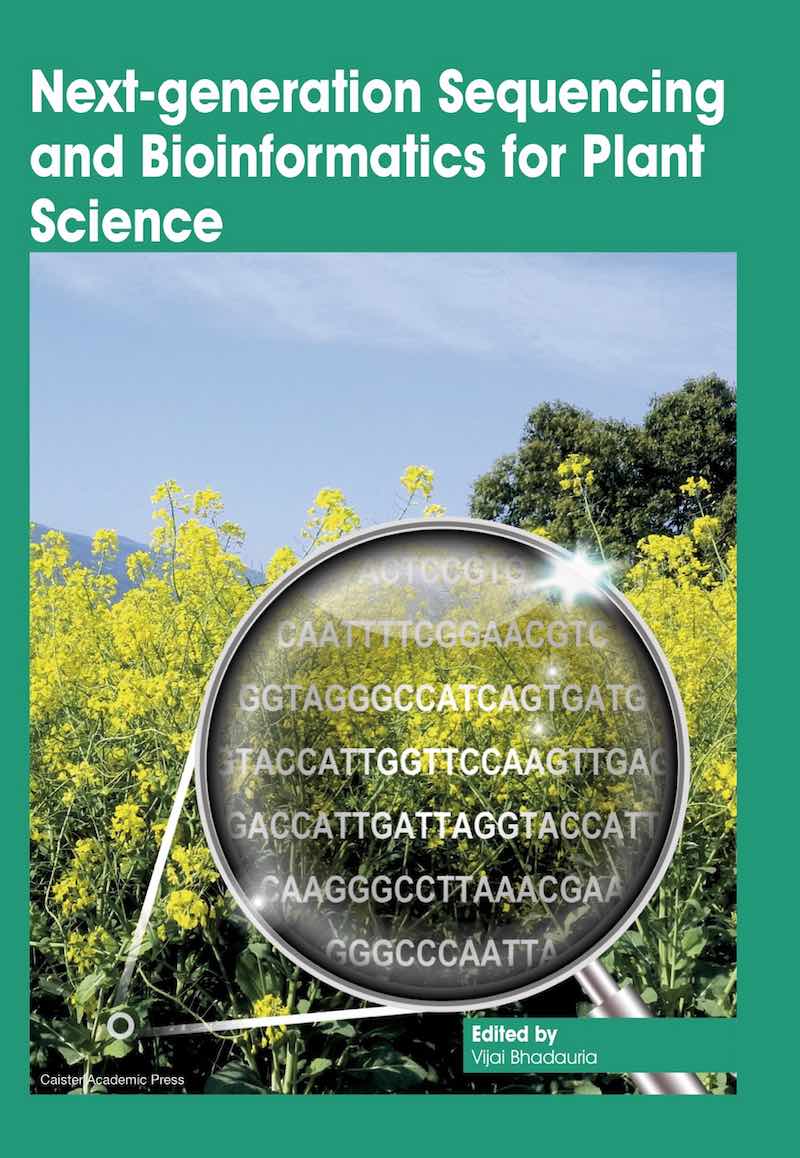PCR Theory
Recommended reading:
Climate Change and Microbial Ecology | Polymerase Chain Reaction | SUMOylation and Ubiquitination
The Theory of Legacy PCR
By legacy PCR we mean the original, traditional PCR performed in a tube. When the reaction is complete the products of the reaction (the amplified DNA fragments) are analysed and visualised by gel electrophoresis. For more detailed information see PCR Basic Theory ...
The Theory of Real-Time PCR
Real-time PCR is achieved by the use of fluorescent dyes that can be measured by a detection system. This also permits the quantitation of the DNA. For more detailed information about real-time PCR please see Real-Time PCR Theory ...
The Principle of PCR
PCR consists of an exponential amplification of a DNA fragment, and its principle is based on the mechanism of DNA replication in vivo: dsDNA is denatured to ssDNA, duplicated, and this process is repeated along the reaction according to a specific formula. For a more detailed treatment of the principle of PCR please see The Principle of PCR ...Further reading
- Real-Time PCR: Advanced Technologies and Applications
- Real-Time PCR in Food Science: Current Technology and Applications
- Quantitative Real-time PCR in Applied Microbiology
See also: Current PCR books



